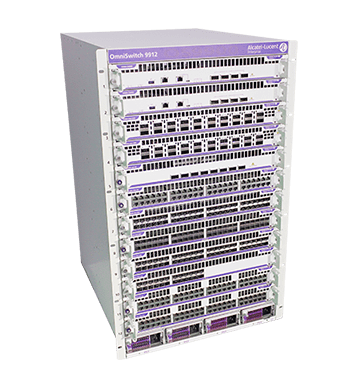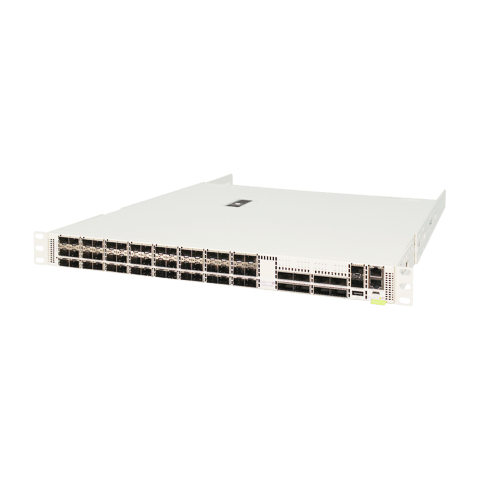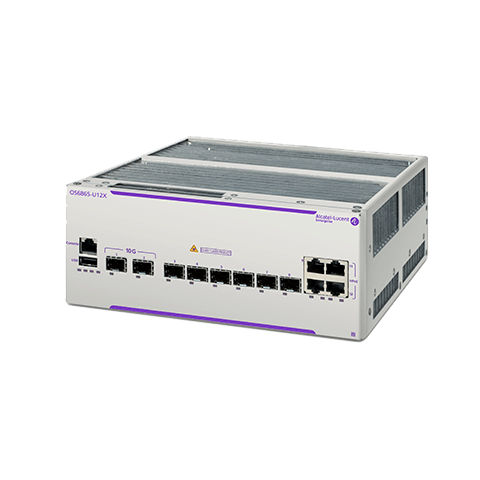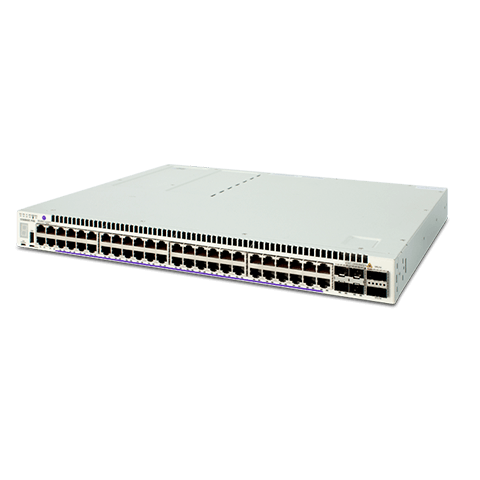
Mission Critical Networks
Mission critical networks provide organizations an optimized, resilient, reliable, highly secure and scalable infrastructure.
Network outages are unacceptable for vertical organizations such as transportation, healthcare and smart cities. The network must provide multiple layers of resilience, optimize traffic flows and minimize disruption to services by being cyber-secure, application aware and offering a unified, resilient management overlay.
Stronger network backbone is key to reliable network, and it interconnects all the different network domains including devices via fiber- or copper-based Ethernet access and various wireless domains. To effectively provide resilient, reliable, and secure backbone connections across the network infrastructure, the backbone network needs to meet the challenges such as
- Network segmentation
- Multi-service applications network convergence
- Deterministic QoS to meet application specific requirements.
- High network availability
- Rigorous security
- Precise network synchronization
- Simplified network management
The Solution
Shortest Path Bridging networks

Alcatel-Lucent Enterprise offers SPB technology to maximize ROI and automate the onboarding and management of users, devices and objects in a mission critical network. SPB provides an extremely efficient, simple and resilient network architecture. This technology offers a multi-tenant, simple, secure, scalable, robust and highly flexible architecture that is dynamic, standard based with a sub 100ms convergence.
SPB offer network segmentation on Layer 2 thus securing network and limiting security risks against human errors. SPB offers very low network convergence and QoS to meet application specific requirements. In addition, SPB offers non-blocking architecture unlike Spanning tree protocol (STP) thus high network availability. Simplified network management using Network Management using Omnivista 2500
Mission critical network using IP/MPLS
In most organizations, a sub 100ms convergence time in case of fault is acceptable, however, there are specific cases where a faster re-convergence in the core of the network is required. MPLS (multi-protocol label switching) has been designed for service providers and larger mission critical enterprises, such as rail.
MPLS provides a highly scalable, highly flexible, secure, robust multi-tenant network with a sub 50ms convergence time, and a high level of traffic engineering. It also supports legacy protocols such as SDH or analog, while providing true traffic and resource reservation across the network.
Building a mission-critical communications network
The Alcatel-Lucent mission-critical IP/MPLS and SPB based network portfolio offers a comprehensive suite of products designed to build multi-services and communication networks providing resiliency, security, traffic segregation and high quality of services. Allows smooth migration to IP without the need to remove or replace legacy applications or services and managed by a unified management platform.
Customer Benefits
Here’s why customers choose ALE
- High network efficiency with service convergence
- Assured application performance with deterministic QoS
- Optimized network design with multiservice technology integration
- High network availability and uninterrupted operations
- Secured operations
- Flexible end-to-end network synchronization
- Unified management for increased operations speed
Related Products
Supporting Documents
-
OmniSwitch 6900 Stackable LAN Switches
DownloadOmniSwitch 6900 Stackable LAN switches are compact, high-density 10, 25, 40 and 100 GigE platforms.
-
Interactive foldout for Network portfolio
DownloadInteractive foldout focused on the Network portfolio
-
Secure and efficient Industrial IoT deployment
DownloadSimply, securely and cost-effectively deploy IIoTs to modernise and digitalise your outdoor network components.
-
Ruggedized Ethernet Switches
DownloadIndustrial-grade, highly secure, intelligent, superior performance for mission-critical applications running in harsh environments.
-
Toward Smart Building 5.0
DownloadThe whitepaper explores the advancements and future potential of regenerative buildings, focusing on Smart Building 5.0. It considers how technology and sustai…
-
Alcatel-Lucent Enterprise Hybrid POL brochure
DownloadALE Hybrid POL is a mixed architecture that takes advantage of Passive Optical LAN and Ethernet LAN to provide cost savings and better network performance.
-
Industrial Automation Solution Guide
DownloadThis guide presents ALE solutions for industrial automation requirements. It provides the use cases, business drivers and technical requirements.
-
Precision Time Protocol Application Note
DownloadThe purpose of this document is to to provide a comprehensive a reference guide to the solutions that Alcatel-Lucent Enterprise can provide to mission-critical…
-
ALE: A comprehensive portfolio of Optical and Ethernet LAN …
DownloadThis whitepaper provides an overview of ALE network solutions, Gigabit Passive Optical Network (GPON), and Hybrid Passive Optical LAN (HPOL) technologies.
-
Nokia 7210 SAS
DownloadThe Nokia 7210 SAS product family provides service providers with IP routing and Carrier Ethernet demarcation, access, and aggregation for mobile backhaul, bus…








